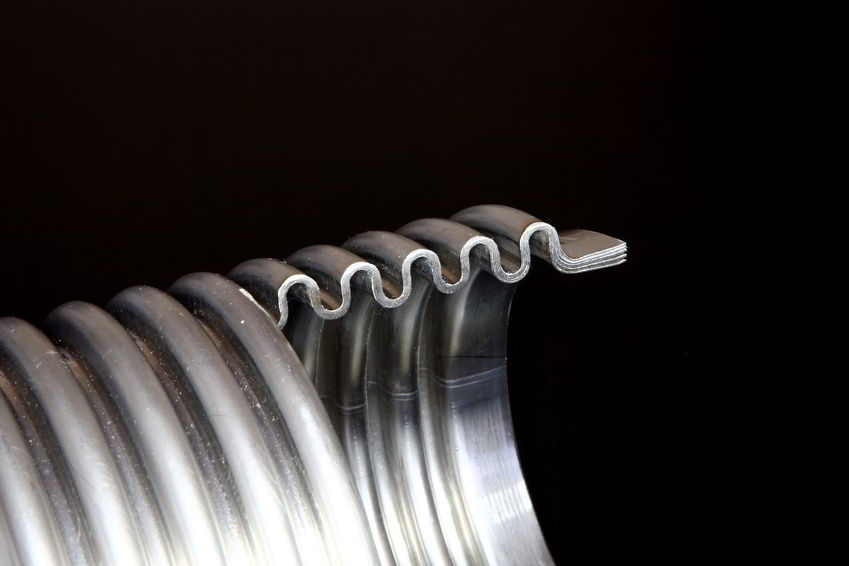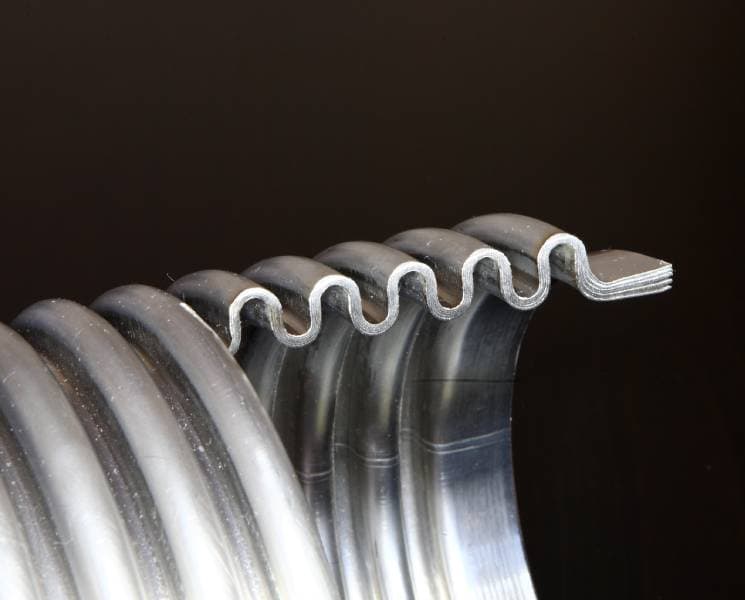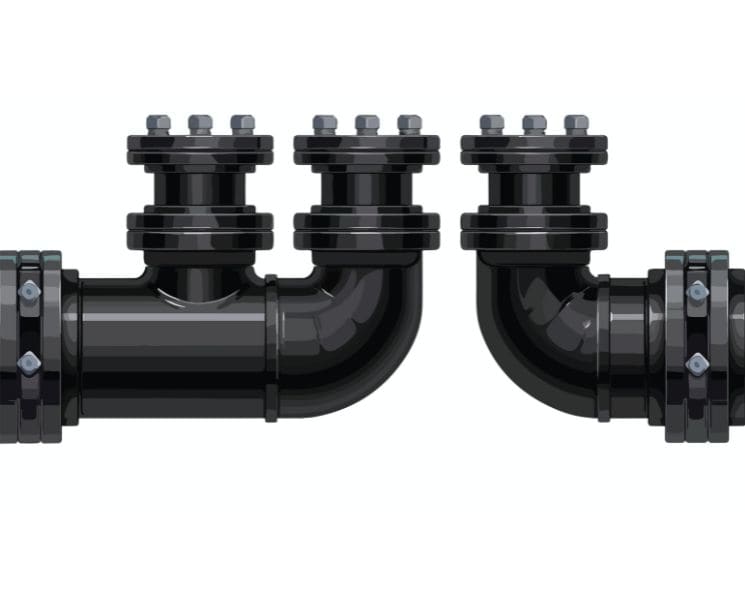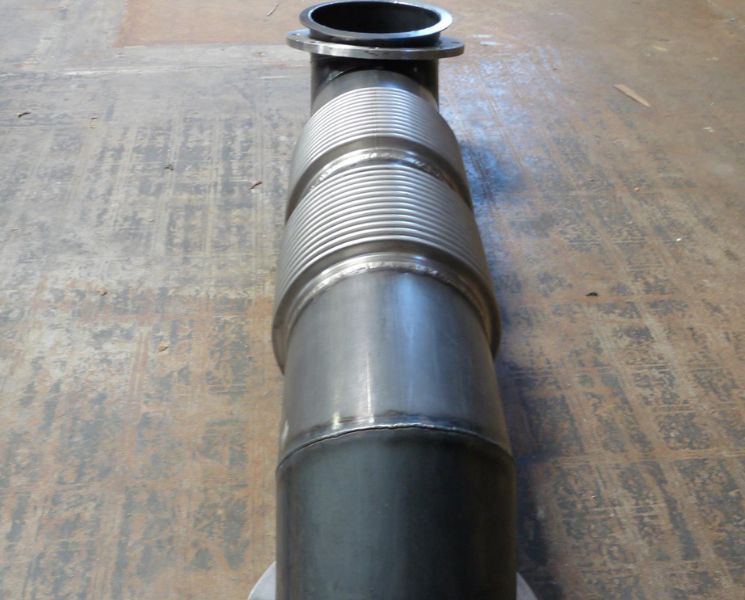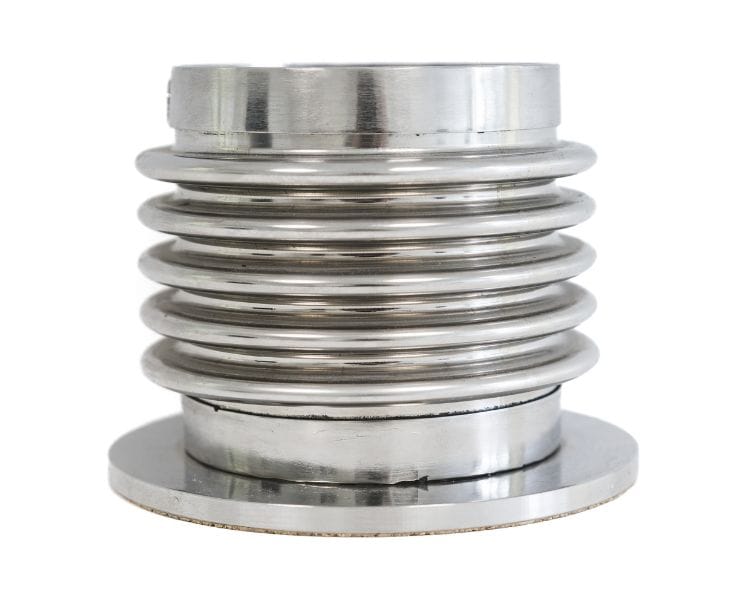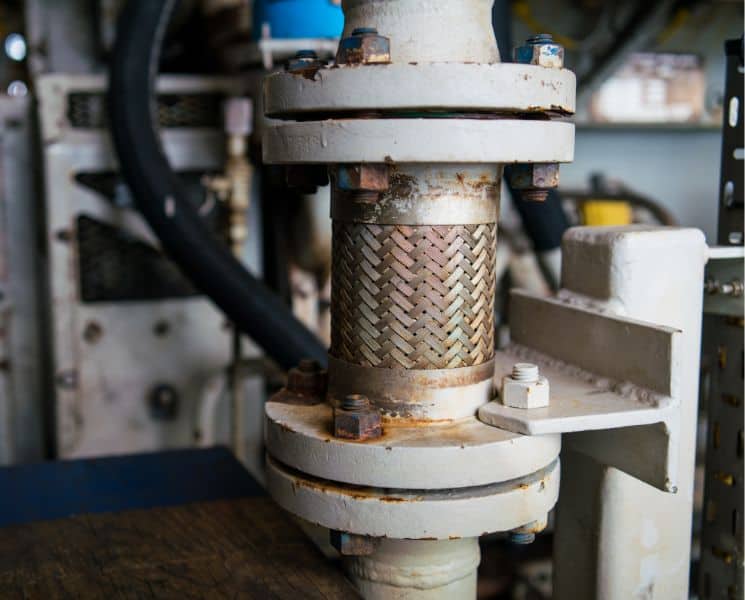Expansion joints are very popular in fluid pumping systems. In most cases, they are installed in the piping network near the valve or pump. The expansion joints compensate for thermal increases that cause the pipes to grow. They also help in preventing stress from being directed to the rotating equipment piece or pump. There is always the risk of bearing issues and mechanical seal failure whenever the pump becomes stressed as a result of thermal growth. Single expansion joints can also aid in reducing system noise and vibration thanks to their design. With lots of expansion joints currently available in the market, getting the right one can be a bit tiresome. In this article, we will look at some of the important factors to consider when choosing single expansion joints.
Piping Plan
It is important that you ensure the adjacent piping and equipment conforms to piping engineering best practices before you even address the expansion joint itself. This means that the right design and placement of the guides, anchors, and supports are necessary for the bellows expansion joint to work well.
Movement of Joint
Since single expansion joints are used in absorbing lateral, axial, and exhaust flex pipe movement along with vibration, it is advisable for careful consideration to be made to correctly calculate these movements. It is also important to ensure the right thermal coefficient of thermal expansion is put into use.
One should know the specific type of material used in the pipe since the coefficient of thermal expansion does differ in pipe materials. The differences can easily affect the movement calculated to the point that the movement of pipe can exceed pipe expansion joint capability.
Pumped Media
Being aware of the pumped media is important since new chemicals are always processed every year. Media is considered to be of the most important factors that determine the compatible elastomeric selection. The selection of materials must never be compromised.
It is necessary to investigate any abrasive material in the media since even the tiniest abrasive material at high velocity can prematurely wear out a tube.
Temperature and Pressure
Accurate pressure and temperature data is necessary and should be included in these analysis requirements. When temperatures exceed 200 degrees Fahrenheit, right pressure de-rating needs to be made to ensure the single expansion joints are capable of handling the system working pressure. De-rating of pressure is required to help in preventing potential deterioration of reinforcing the fabric.
When using connectors at pump discharge, shock or pulsating pressure needs to be checked. One general rule is that flexible connector and stainless steel expansion joint needs to be rated to help withstand four times the working system to compensate for the pressure shock.
Reliable and high-quality anchors which can withstand joint pressure need to be put in place. The use of limit bolts and control rods is also recommended as a backup for any anchor failure possibility. The rods help in preventing high pressure expansion joints from pulling apart or extending if the restraint anchor were to blow out or fail.
Conclusion
Defining all the possible failure causes is essential, which is why these factors needs to be considered when choosing single expansion joints for your pump design. This will help in saving end user money and time by delaying the essential costs of replacement and failures. All the system requirements and components need to be considered when choosing the single expansion joints for a specific application.

